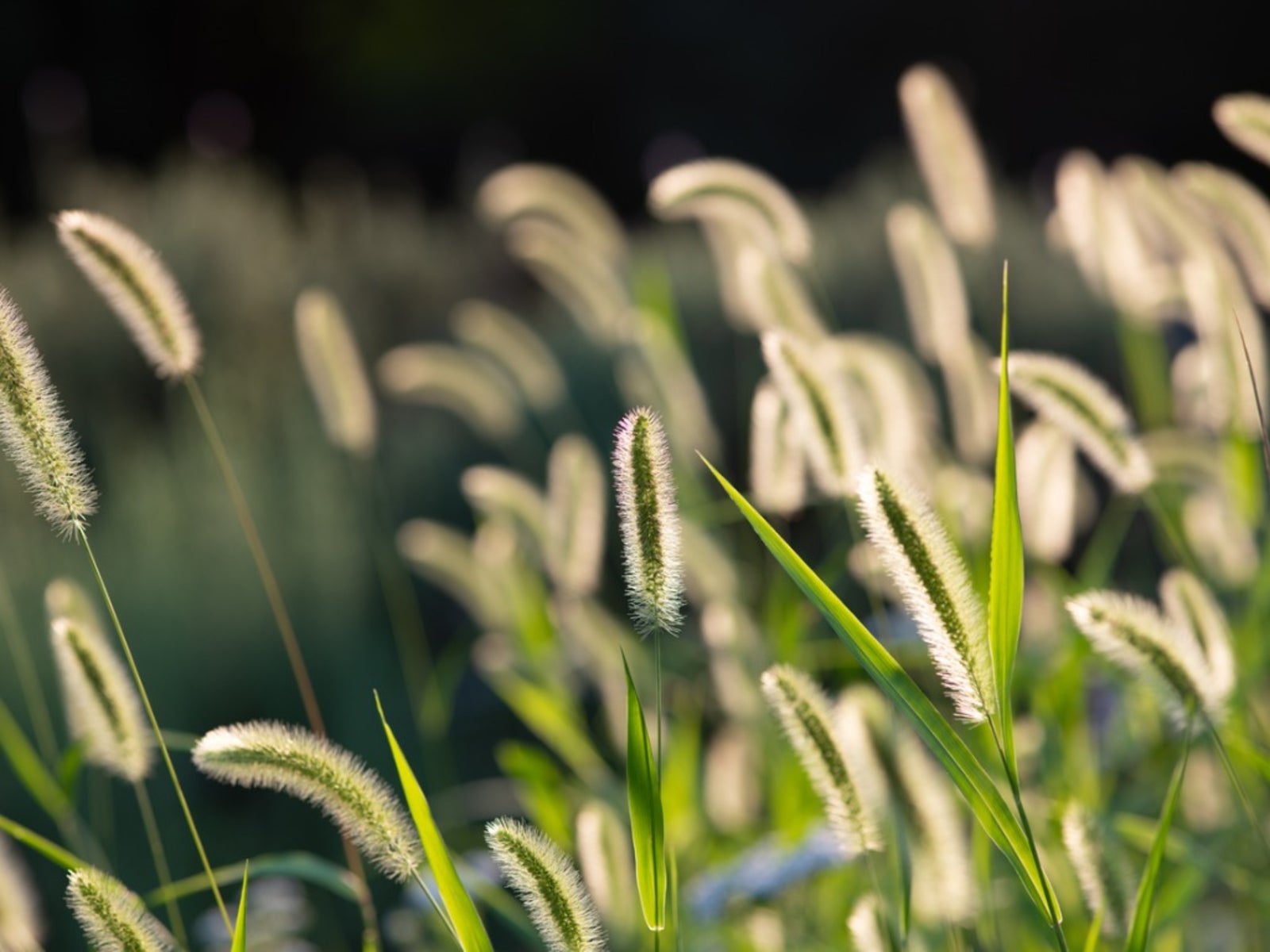Controlling Foxtail Weeds - How To Get Rid of Foxtail Grass In Lawns


Many types of invaders threaten the emerald green expanse of lawn that is the pride of many gardeners. One of them is the common foxtail, of which there are many varieties. What is foxtail weed? The plant is usually an annual but occasionally a perennial. It invades disturbed soils across North America and produces thick “foxtails” of seeds that spread prolifically. The rapid growth of the plant means controlling foxtail weeds is a priority for the health and appearance of turf grass.
What is Foxtail Weed?
Foxtail weed (Setaria) has wide leaf blades, much like the turf grass in which it may grow. The base of the leaves has fine hairs and the stem rises from a collar at the base of the leaf. Stems bear 3 to 10 inch (8-20 cm.) long spikes of flowers, which yield to seeds at the end of the season. The plant is often hard to spot when mixed in with grass, as it starts out low to the ground with leaves parallel to the soil. Three main types are common in North America. These are:
- Yellow foxtail (Setaria pumila), the smallest type
- Green foxtail (Setaria viridis)
- Giant foxtail (Setaria faberi), reaches 10 inches (20 cm.) in height
They are found in ditches, cropland, disturbed building sites, roadsides, and anywhere the natural ground flora has been disturbed.
How to Get Rid of Foxtail Grass in Lawns
The dedicated grass lover will need to know how to get rid of foxtail grass in lawns. Yellow foxtail is the most prevalent in turf grass. It grows in areas of moist or dry soil and is tolerant of a wide range of conditions. A healthy lawn is the first weapon against the weed. Thick, lush grass leaves no unpopulated areas in which alien plant seeds can lodge and grow. Proper mowing and fertilizing produces a healthy lawn that is less likely to get invasive weed species. Controlling foxtail weeds is rarely necessary in the well-kept lawn, where vigorous turf grasses prevent colonization of outside species.
Pre-Emergent Foxtail Grass Control
Begin before you even see the weeds with a pre-emergent herbicide safe for turf grasses. Several products are on the market that will work well against foxtail emergence. Be sure to check with your local extension service if you are in doubt about the effectiveness or safety of an herbicide.
Killing Foxtail Weeds
Once the plants have emerged, it is a bit more difficult to eradicate them. There are some reports of success with a 5% solution of acetic acid, more commonly known as vinegar. Make the application directly onto the weed when it is in seedling stage. There is little effect on older plants. Post-emergence herbicides are your best bet for killing foxtail weeds. Choose one that is safe for use in turf grass and that specifies its use against foxtail. Broad-spectrum herbicides can be more harmful than helpful and tend to kill species that you do not want to eradicate. If you are against chemical herbicide use, pull off the seed heads to prevent the plant from repopulating the area. Dig deeply to get the long roots, using a long slender weeding tool. The best method for killing foxtail weeds, however, is the pre-emergence herbicide treatment in spring. Early foxtail grass control will help prevent the takeover of the weed in your garden.
Gardening tips, videos, info and more delivered right to your inbox!
Sign up for the Gardening Know How newsletter today and receive a free copy of our e-book "How to Grow Delicious Tomatoes".

Bonnie Grant is a professional landscaper with a Certification in Urban Gardening. She has been gardening and writing for 15 years. A former professional chef, she has a passion for edible landscaping.
-
 Looking For Plants To Give You The Soft And Fuzzies? Try These 5 Fuzzy Leaf Plant Options
Looking For Plants To Give You The Soft And Fuzzies? Try These 5 Fuzzy Leaf Plant OptionsLovers of texture, drama, silver foliage and tactile plants will adore these special sensory garden additions. These fuzzy leaf plant options will leave you all aglow
By Susan Albert
-
 Get Ready For A Summer Of Hummers! Grow These Full Sun Hummingbird Plants and Flowers
Get Ready For A Summer Of Hummers! Grow These Full Sun Hummingbird Plants and FlowersIf you’re lucky enough to enjoy a sunny backyard, make sure you are maxing out on your pollinator opportunities and grow these full sun hummingbird plants and flowers
By Tonya Barnett